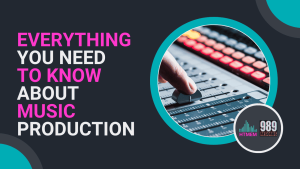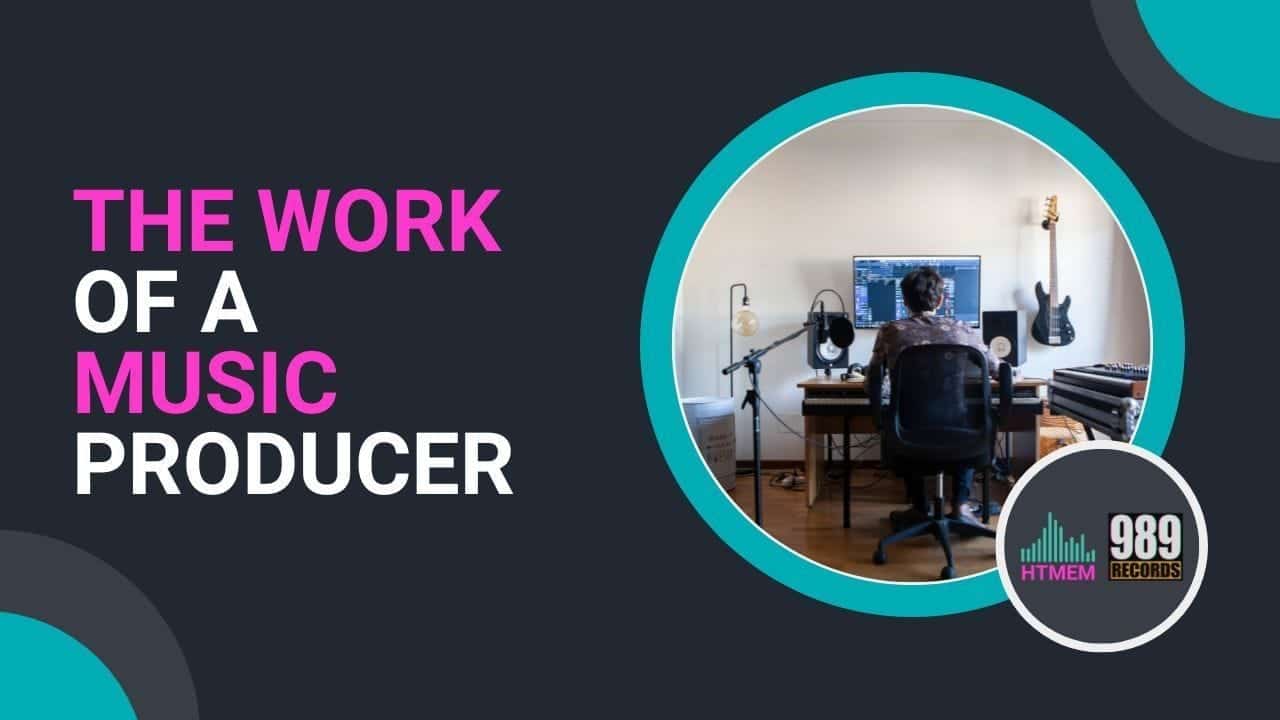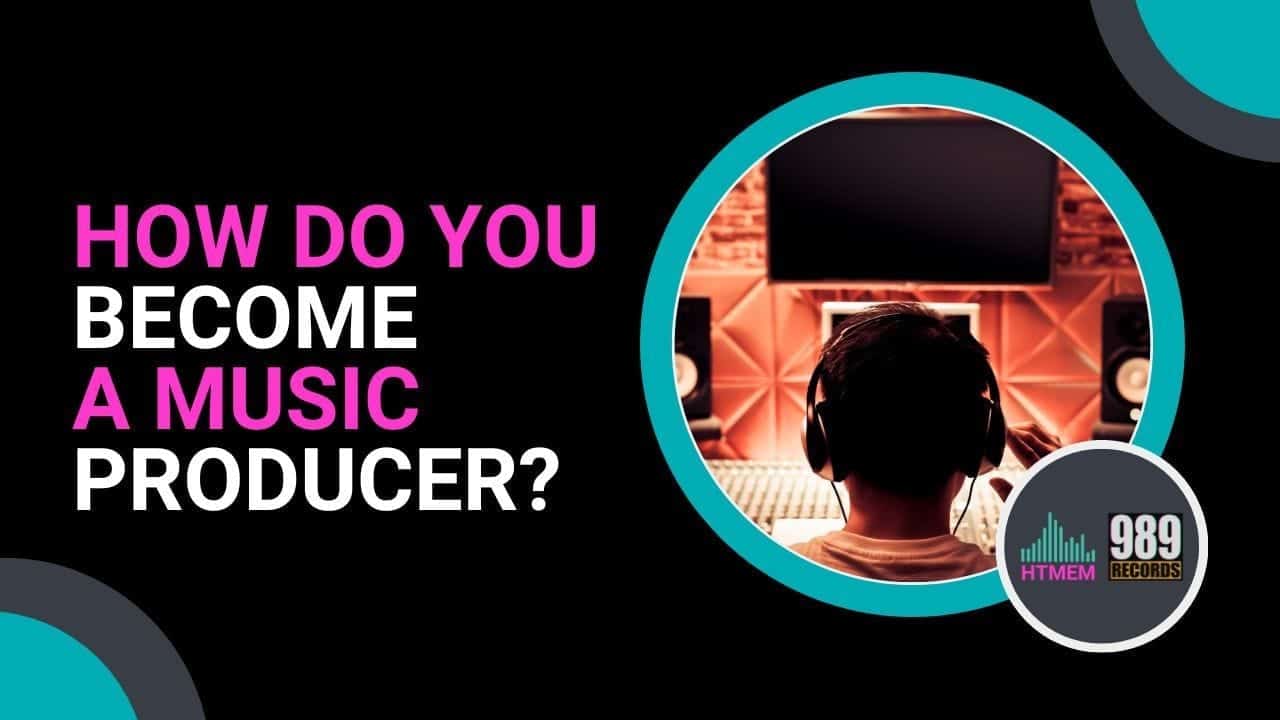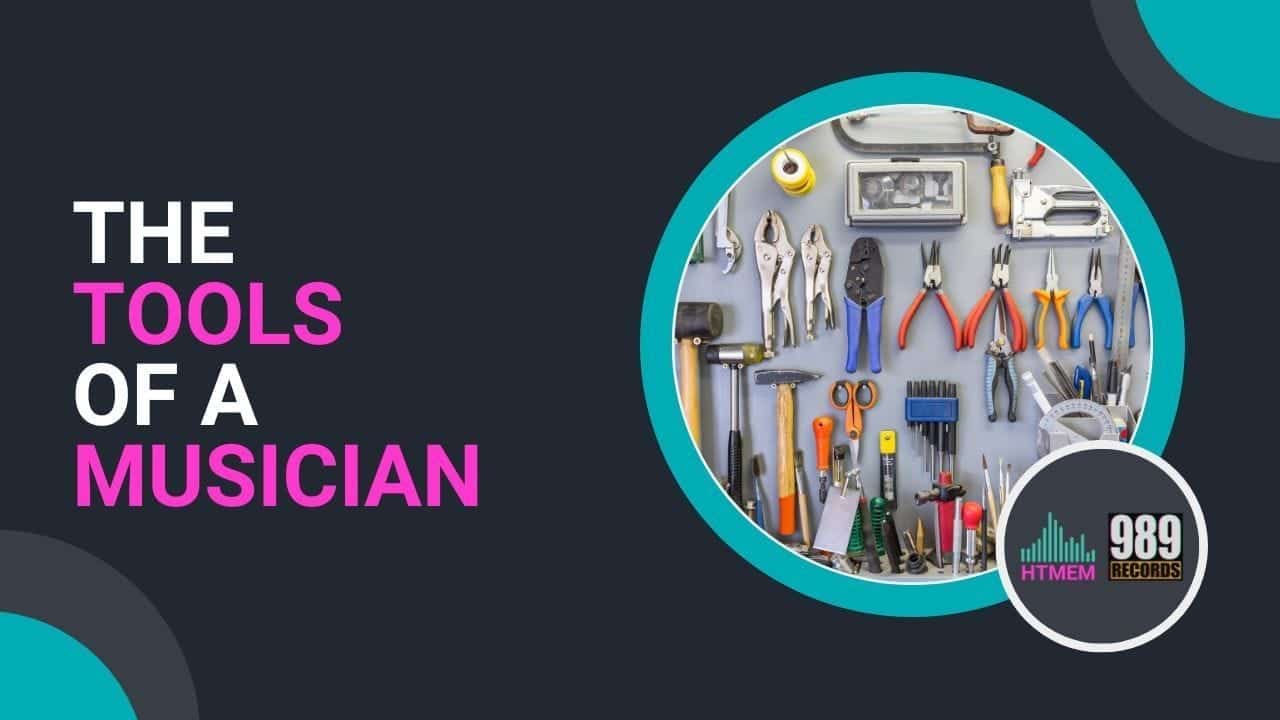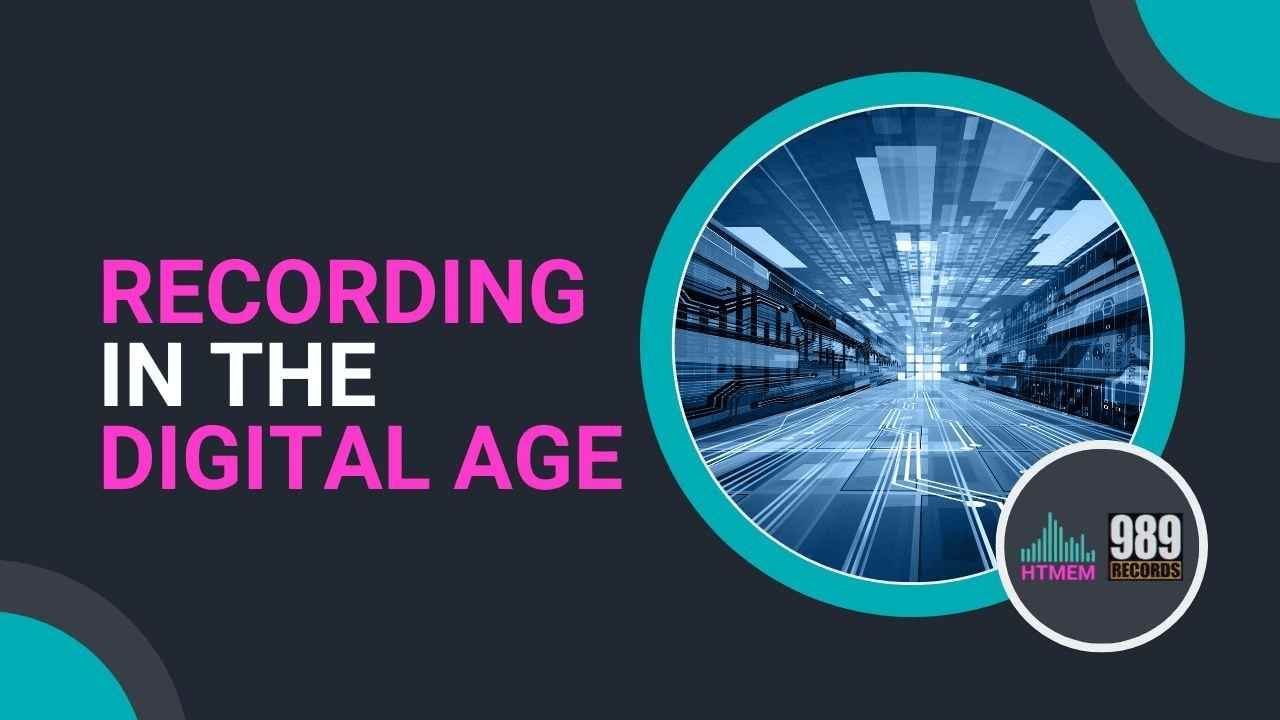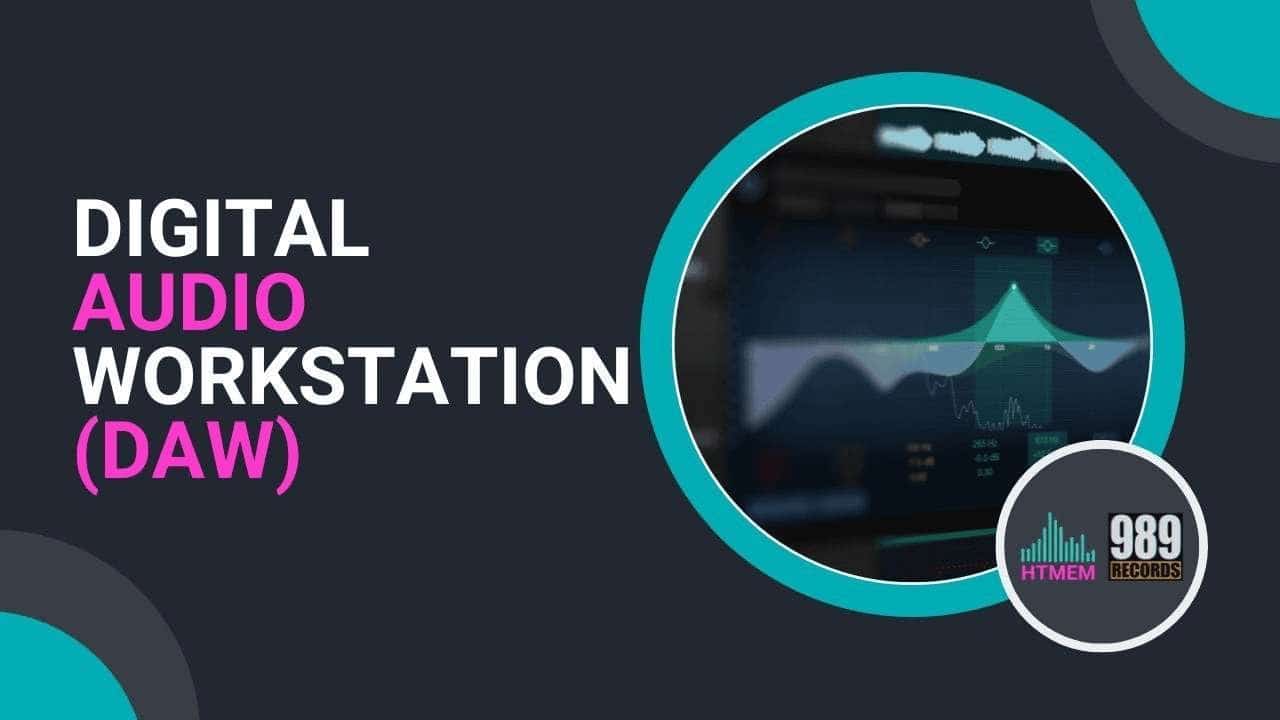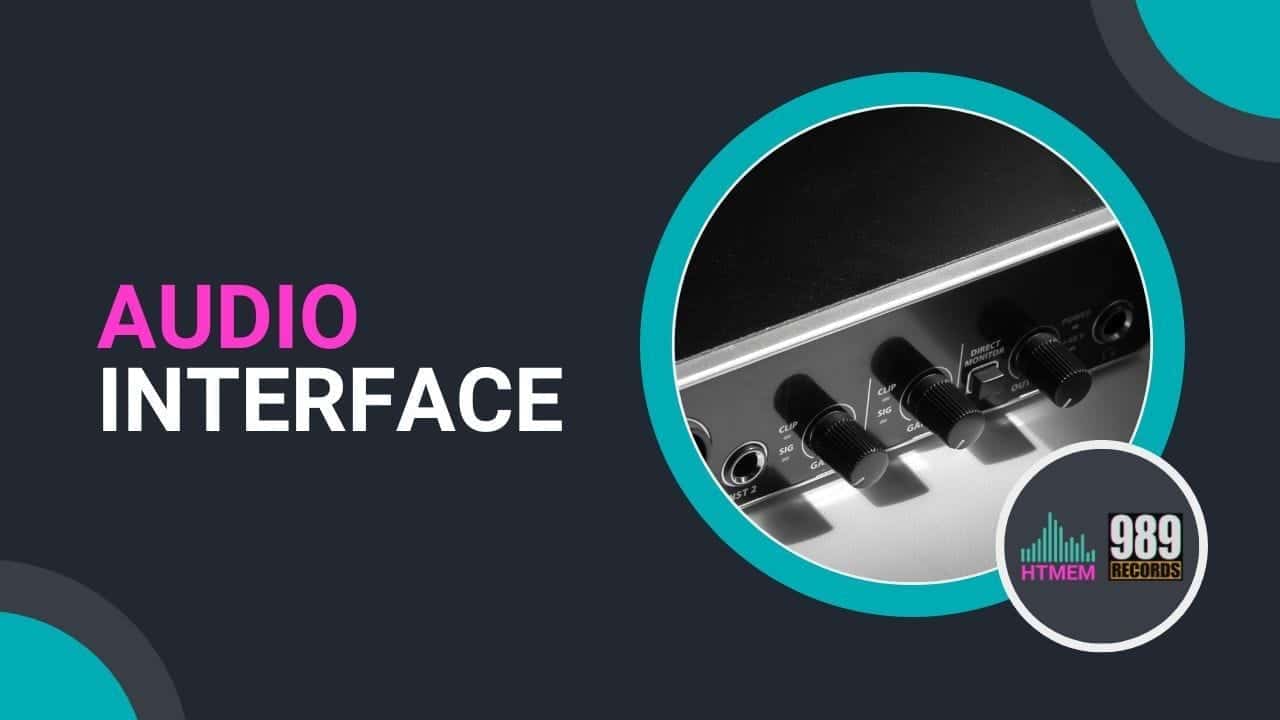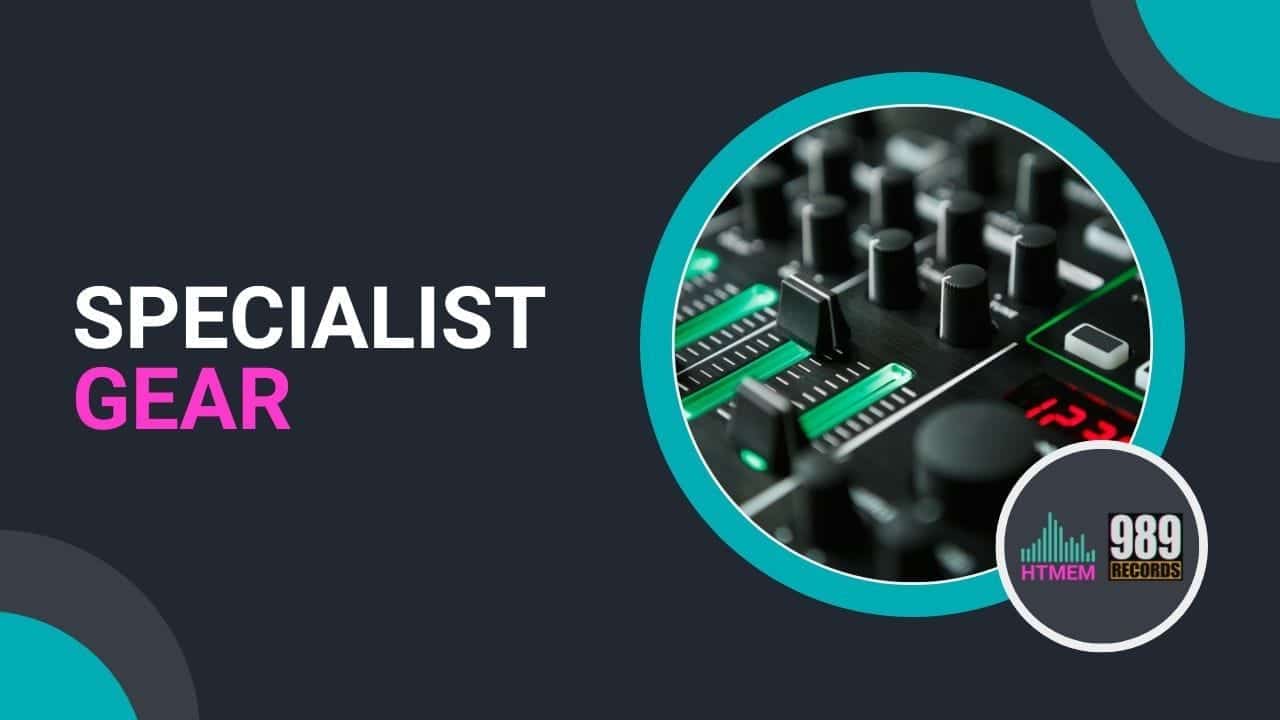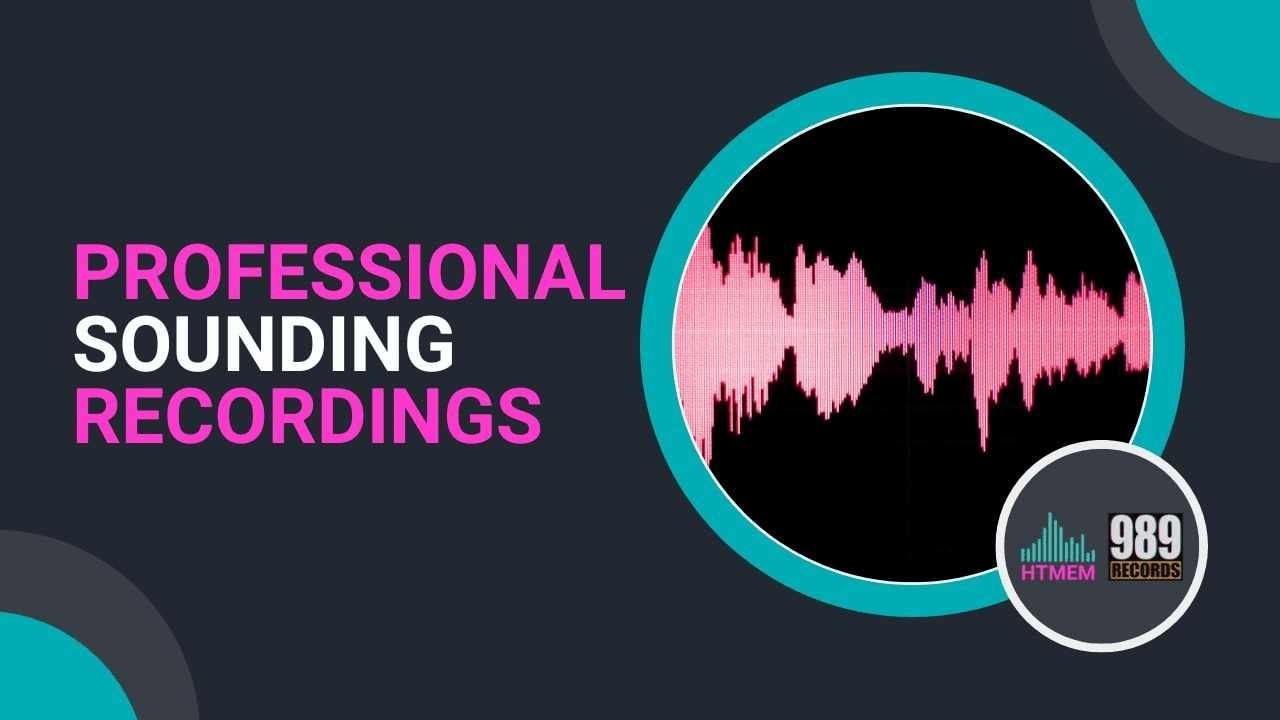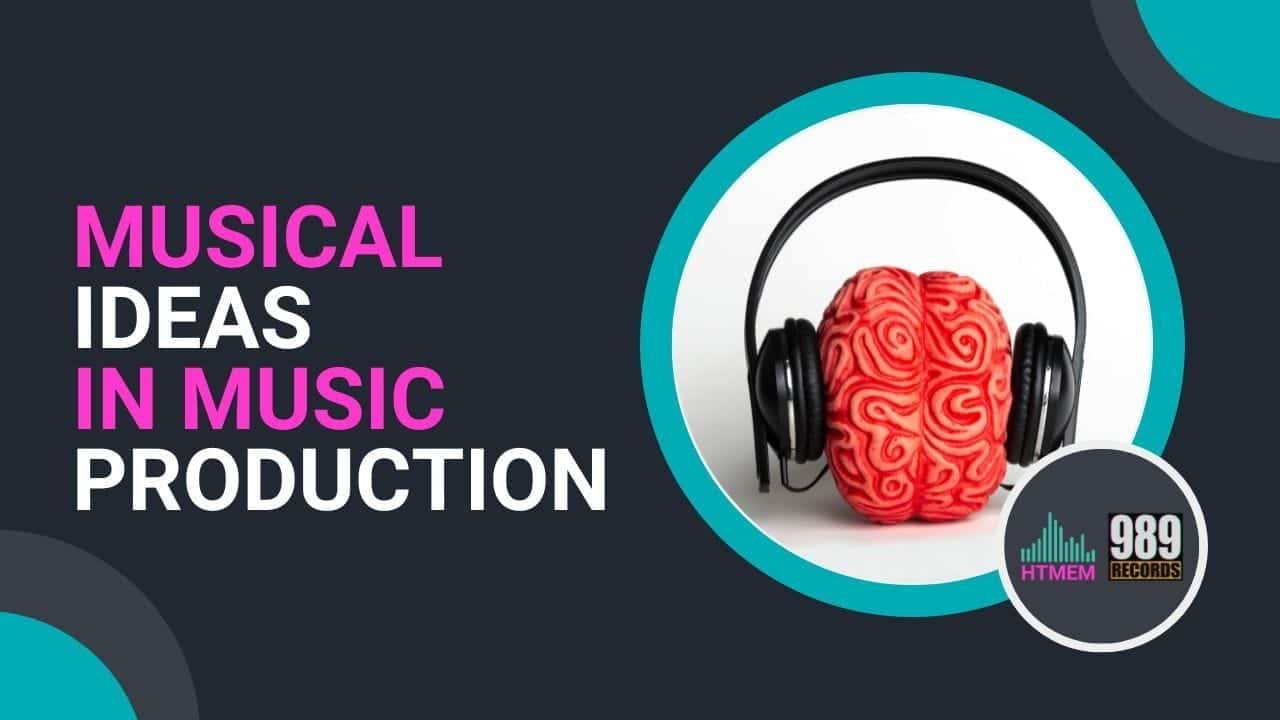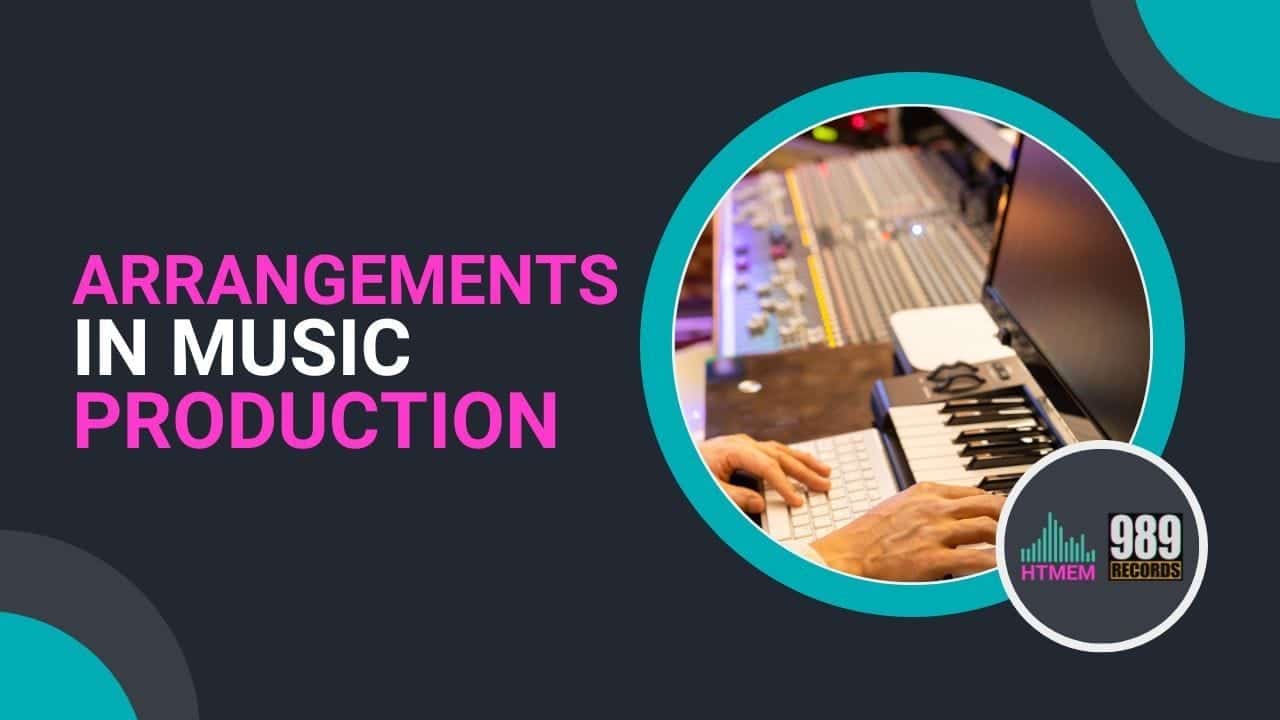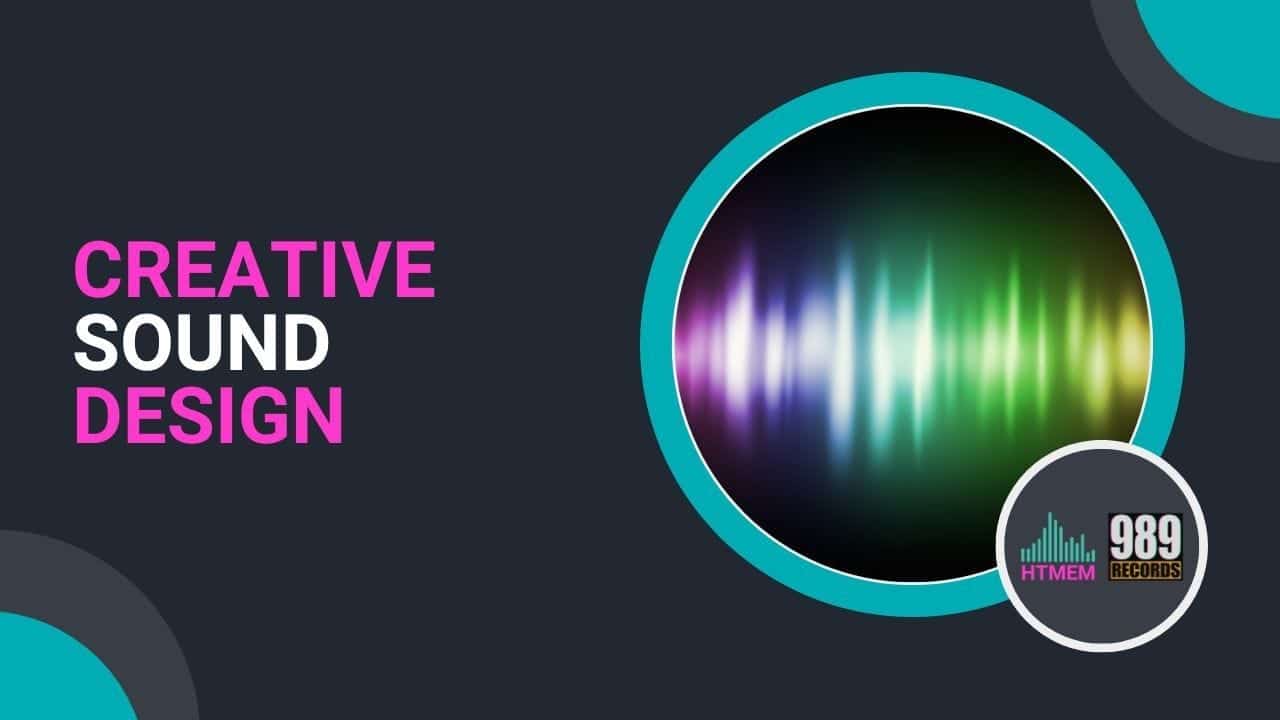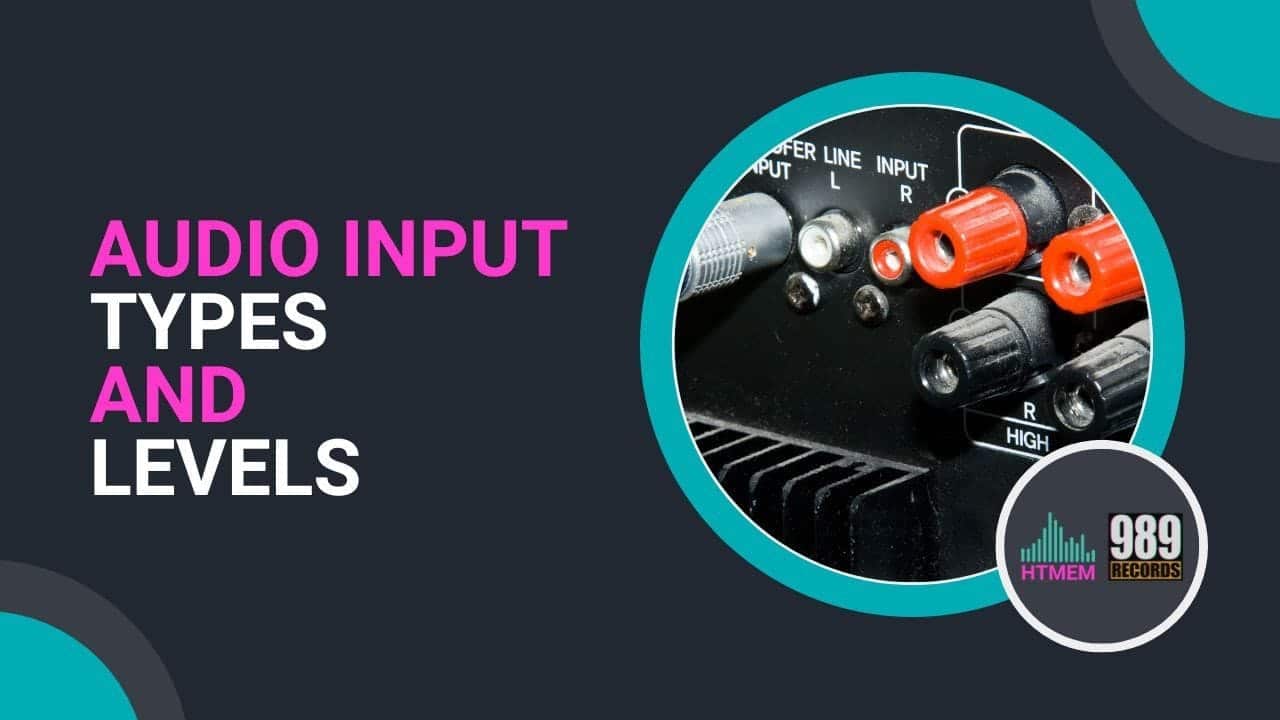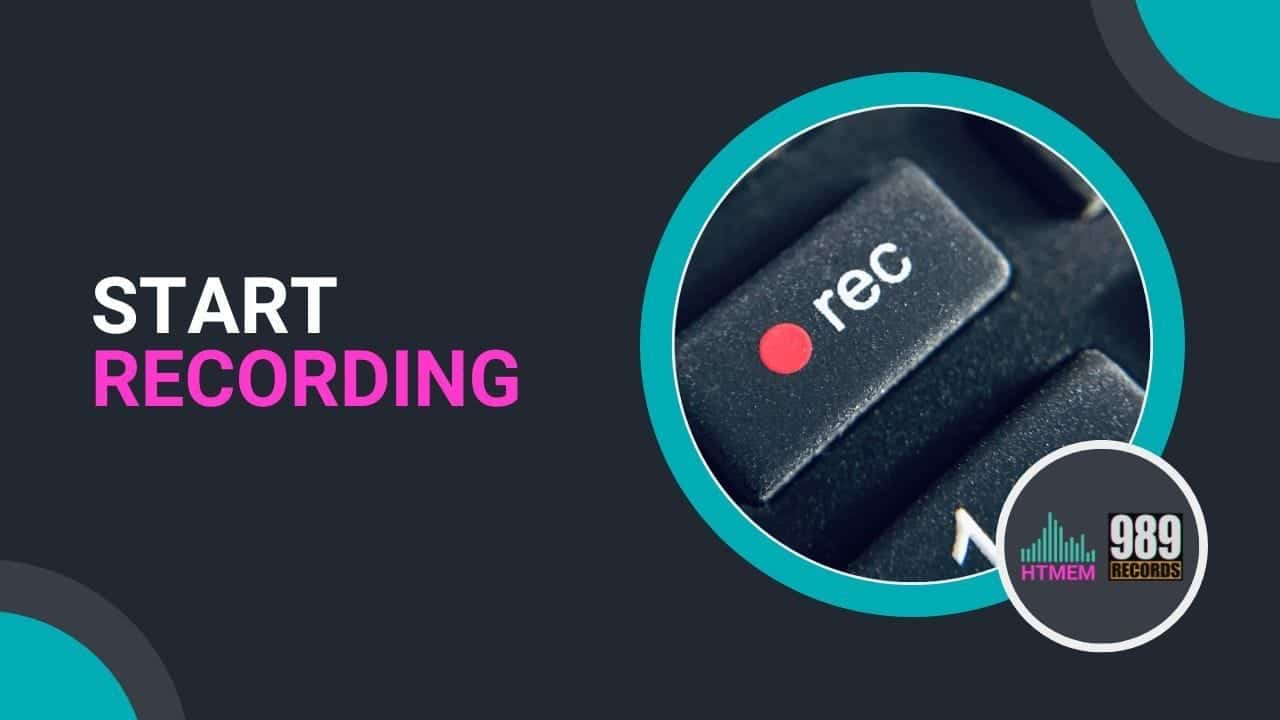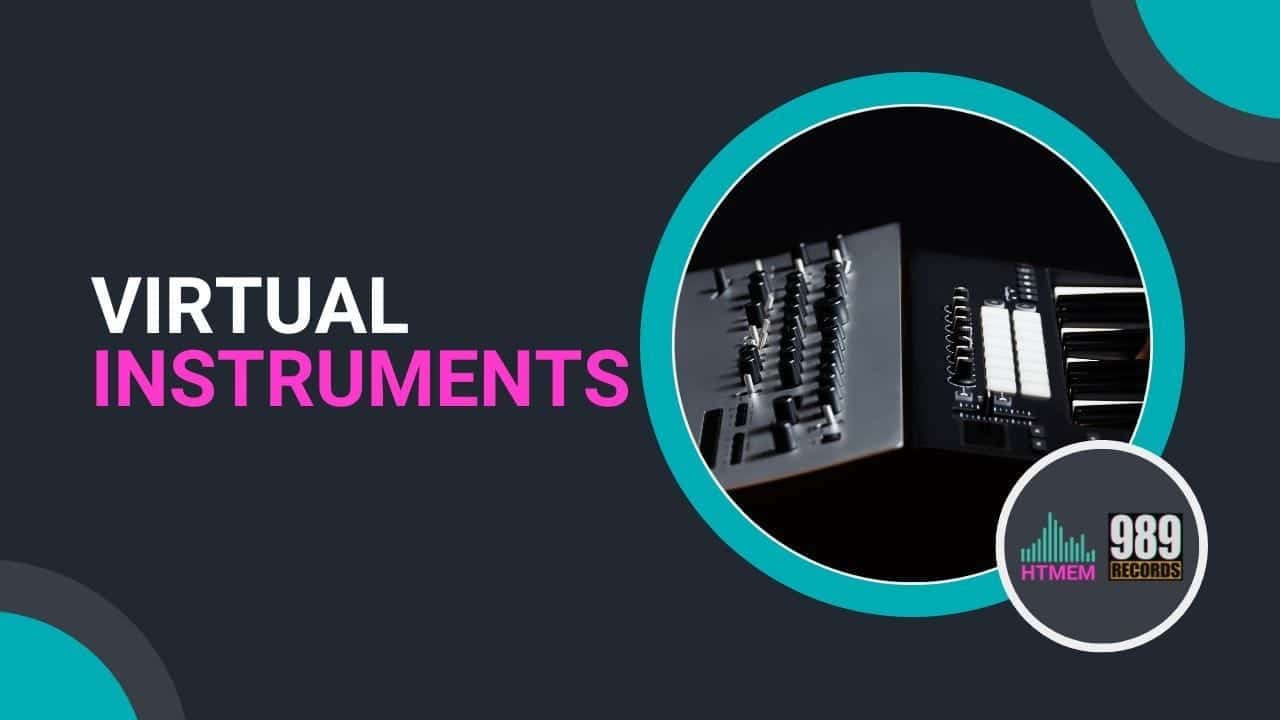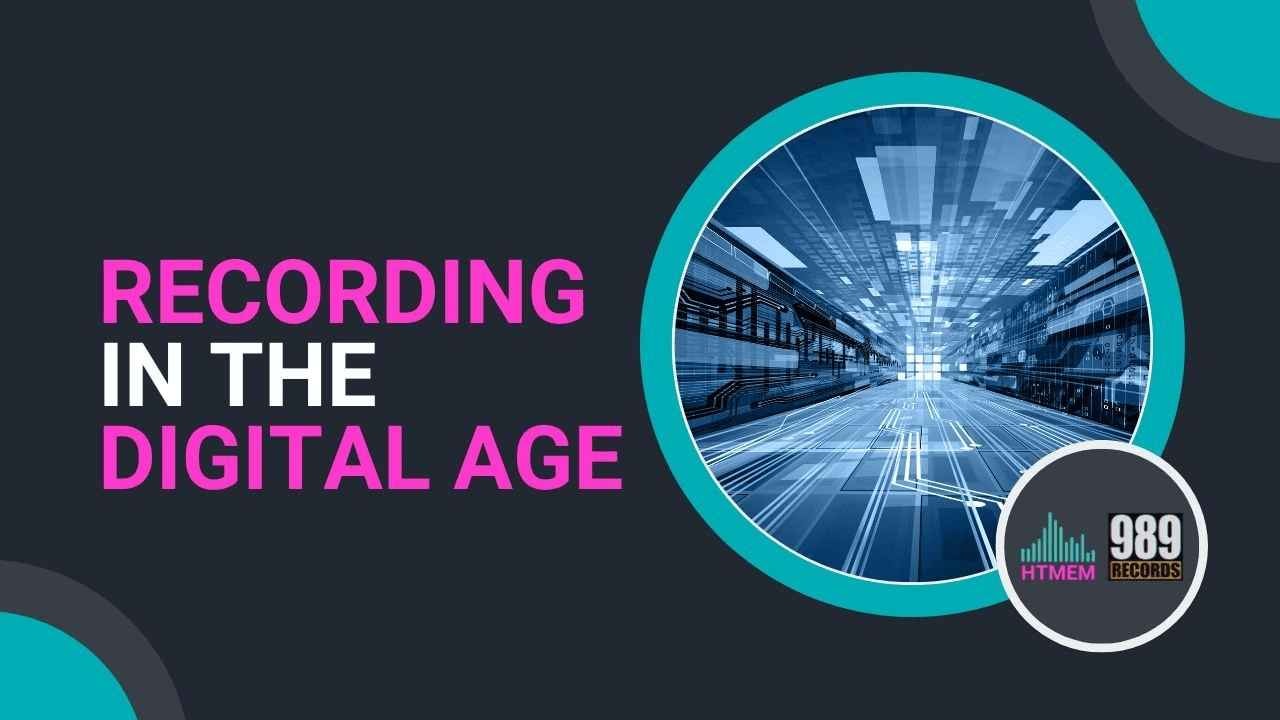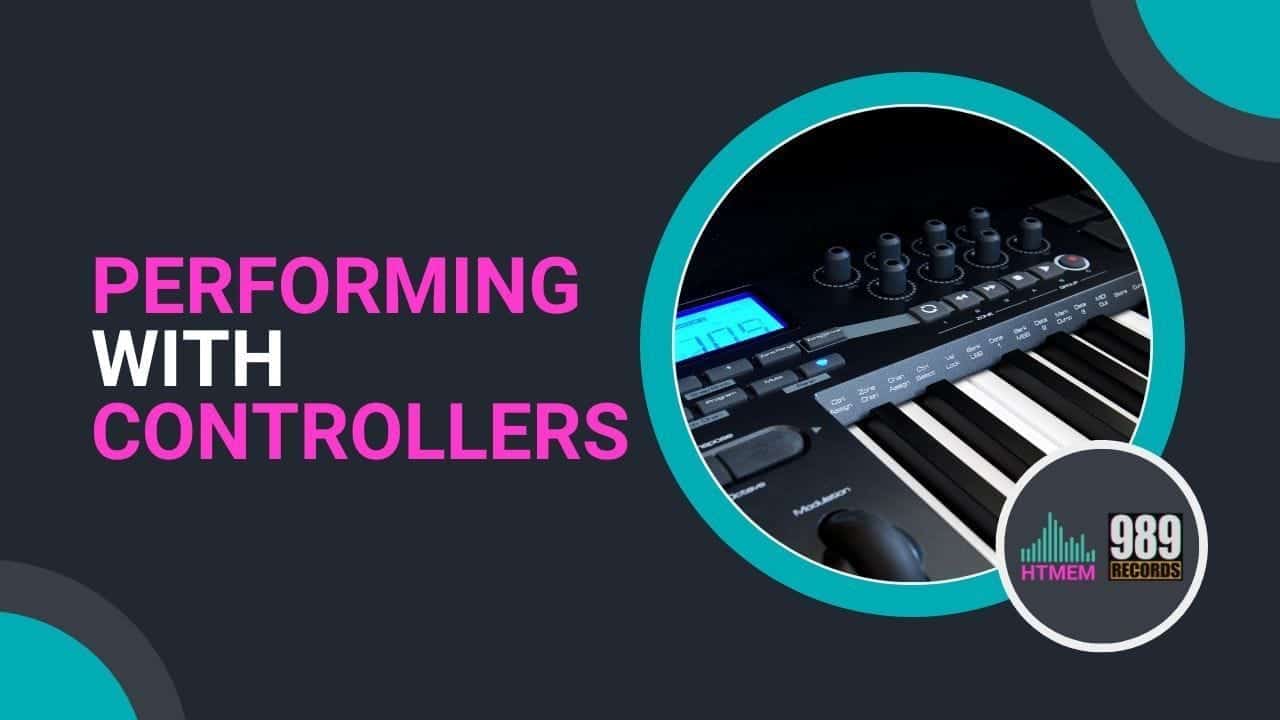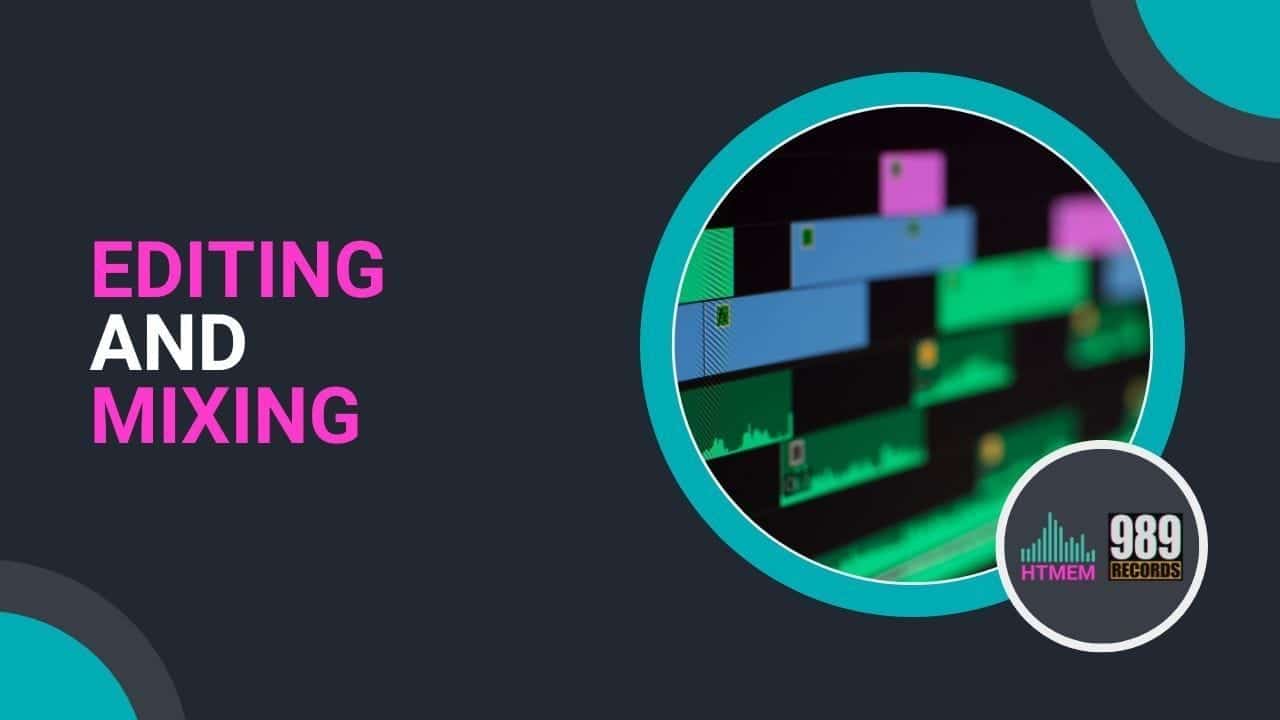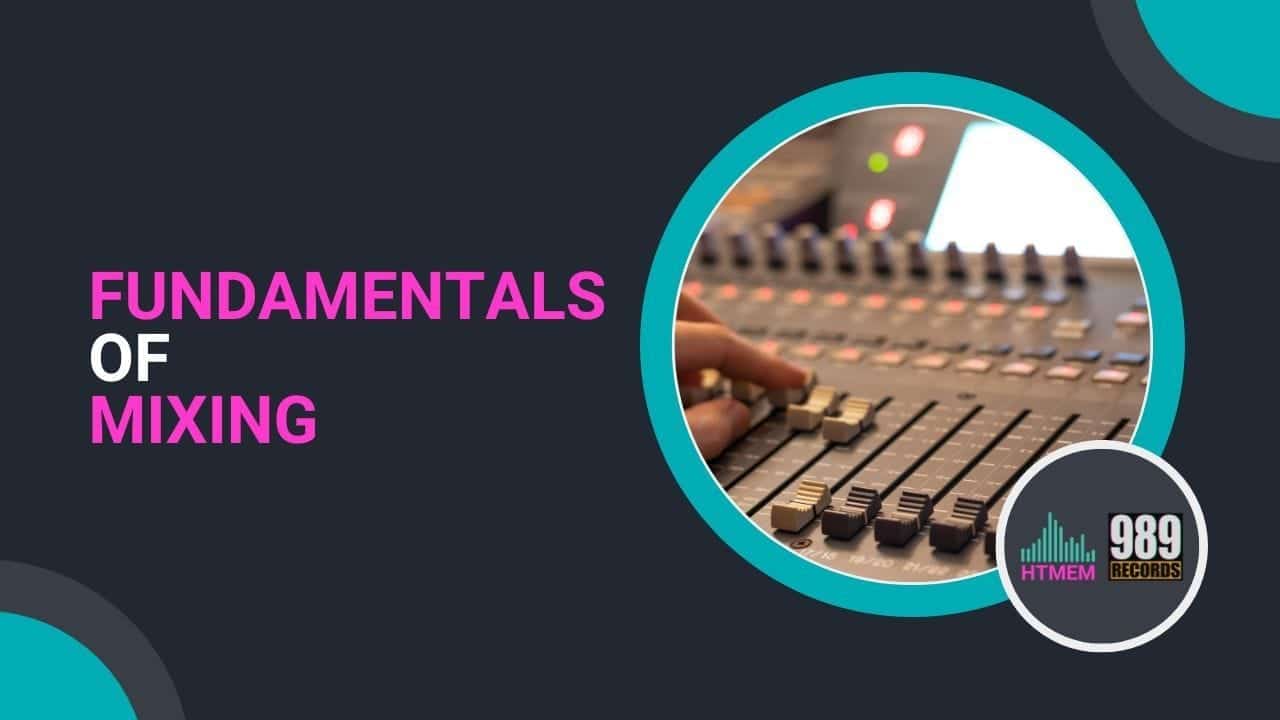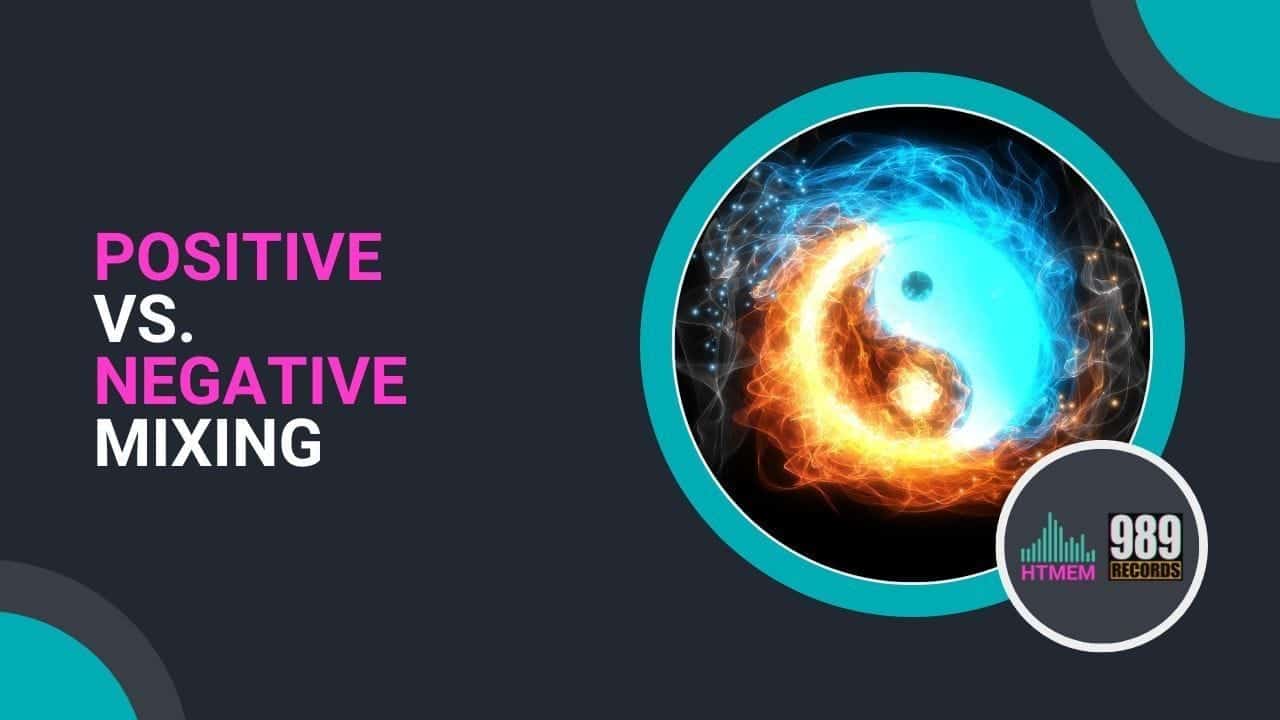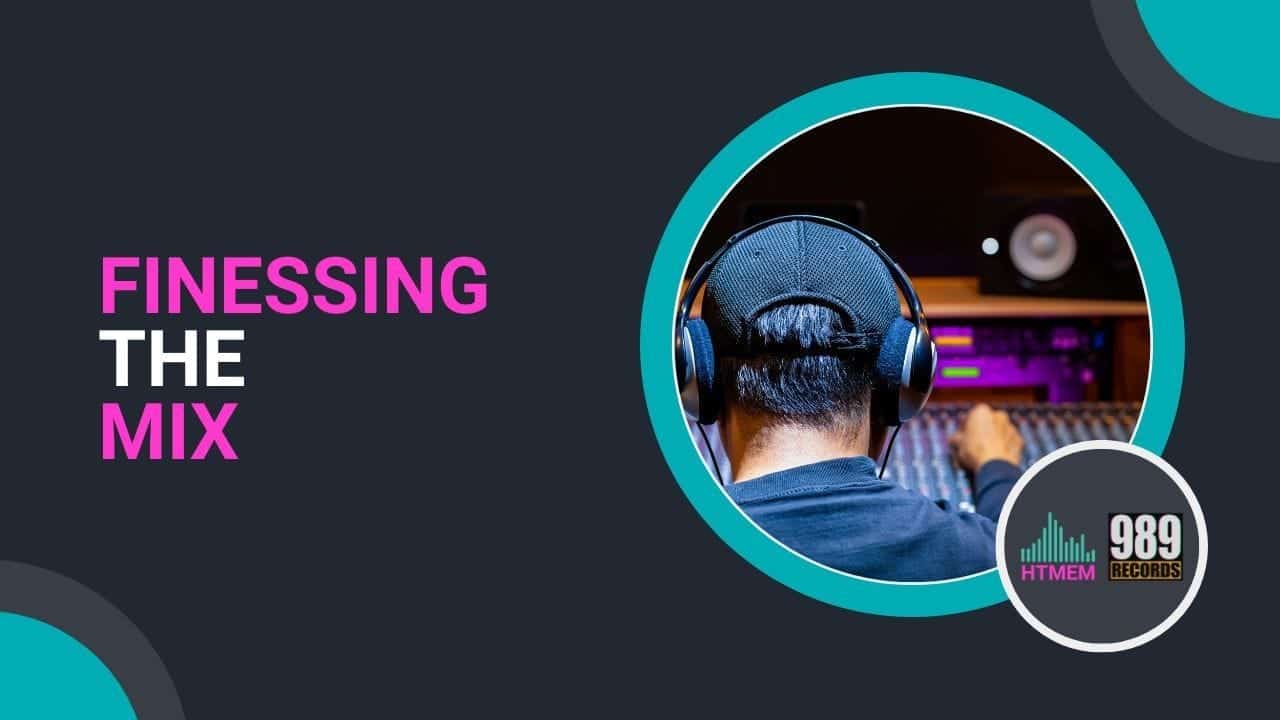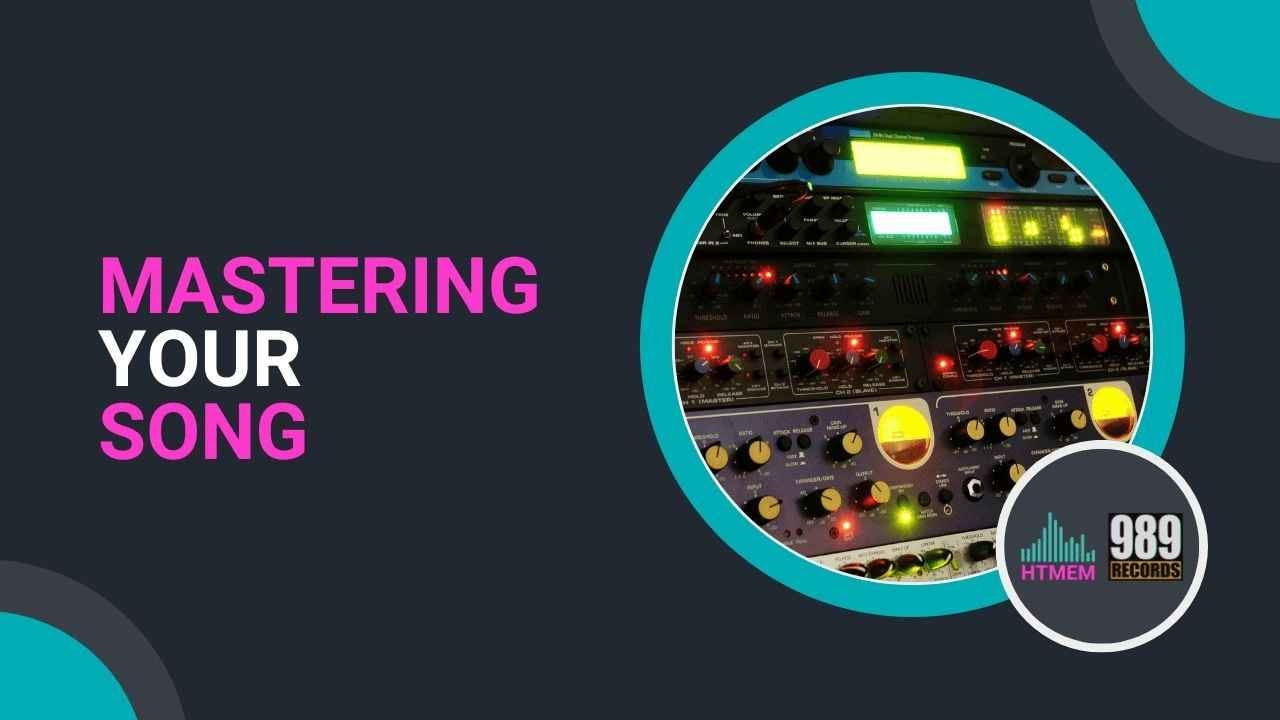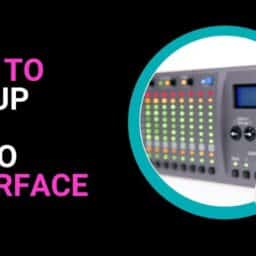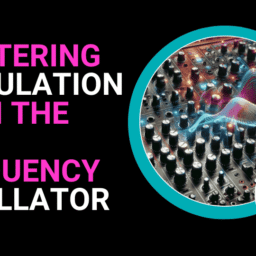Music production is a multifaceted art that demands a skilled producer with a harmonious blend of creativity and technical prowess. In the realm of music production, skilled professionals possess intricate knowledge and a profound understanding of the recording process, sound engineering, music theory, and composition.
With a meticulous eye for detail, they meticulously oversee every aspect of the recording journey, from the inception of an idea to its full realization, often collaborating with exceptionally talented musicians to craft something truly extraordinary and unparalleled in its uniqueness
The Work of a Music Producer
The work of a music producer is both an art and a science, requiring a deep understanding of the entire music production process. A music producer is responsible for overseeing the recording project from start to finish, ensuring that the musical ideas are effectively translated into high-quality recorded music. This involves working closely with artists and musicians, guiding them through the songwriting process, and helping them refine their musical production.
A skilled producer must possess strong leadership skills to manage the recording sessions and ensure that the technical aspects of the production are executed flawlessly. They often collaborate with sound engineers to optimize audio quality and use music production software to craft the perfect sound. Additionally, a music producer must have a keen ear for detail, making critical decisions during the mixing and mastering stages to create a final mix that sounds good across various media formats.
How Do You Become a Music Producer?
Becoming a music producer requires dedication and hard work. A good place to start is by learning the basics of recording, mixing, and mastering. You’ll also want to familiarize yourself with various music production software, such as Cubase, Pro Tools or Logic Pro X in order to hone your skills.
It’s also important to build a network of contacts in the music industry. This can help you find clients and gigs that are a good fit for your skillset. Some producers also choose to complete an audio engineering or music production degree in order to develop their skills and gain valuable knowledge.
Finally, don’t be afraid to take risks. Experimenting with different sounds and techniques when writing songs can help you develop your own unique style and stand out from the competition.
With the right skills, attitude, and determination, you can be successful as a music producer. So what are you waiting for? Start your journey as an experienced producer today!
How Much Money Does a Music Producer Make?
When it comes to making money in music production, the amount you make depends on a variety of factors such as experience level, the type of work you’re doing, and the clients you’re working with.
Typically, a music producer will be paid per project or at an hourly rate. On average, a music producer can expect to make anywhere from $50-$100 an hour. However, the sky’s the limit and some music producers can earn up to six figures per project depending on the complexity of the work and who they are working with.
In addition to charging a fee for their work, many music producers also receive royalties when their songs are played or sold. This can be a great way to make some additional income and ensure that you’re compensated for your work.
The Tools of a Musician
A music producer needs to have access to a variety of tools and equipment in order to create the best possible product. This includes high-end digital audio workstations (DAWs), speakers, microphones, synthesizers, samplers, MIDI controllers, and other such gadgets.
All these pieces of hardware are necessary for crafting a mix that is both unique and captivating. Additionally, a music producer must be familiar with various mixing and mastering techniques to give their composition that special sparkle.
Recording in the Digital Age
In the modern era of music production, much of the recording process can now be done digitally. This includes basic tasks such as editing audio files and sequencing musical parts, as well as advanced techniques such as sound design, vocal processing, and audio manipulation.
Digital Audio Workstations (DAWs) provide a vast array of powerful tools and plugins that allow music producers to quickly and efficiently craft the perfect mix. With the ability to fine-tune every aspect of the sound, from adjusting the EQ and dynamics to adding effects and creating intricate soundscapes, musicians have an unprecedented level of control and creativity at their fingertips.
Whether it’s shaping the tone of a guitar riff, enhancing the clarity and presence of a vocal track, or experimenting with unique sound textures, the possibilities are truly limitless. The convenience and flexibility of digital music production have revolutionized the industry, empowering artists to bring their musical visions to life with precision and artistry.
Digital Audio Workstation (DAW)
To mix and master your own music and production, you’ll need to use a Digital Audio Workstation (DAW). This is essentially the software that allows you to layer multiple audio sources together, manipulate their individual properties, and create a cohesive sonic landscape.
There are several DAWs available on the market today, each with its own set of features and functions. It’s important to figure out which one works best for your needs, as this will make the mixing and mastering process much smoother and more efficient.
Once you have selected a DAW, you can start adding different tracks to the timeline and begin adjusting their levels, EQs, dynamics, panning, and more. With a bit of practice, you’ll be able to create a balanced and engaging mix that will make recorded music sound great on any listening device.
Audio Interface
An audio interface is an essential and indispensable piece of equipment for any home recording setup. It serves as the crucial bridge that connects your computer to your studio gear, enabling you to effortlessly record multiple sources simultaneously. Not only does it facilitate seamless recording, but it also ensures exceptional sound quality with minimal delay or latency.
The versatility of audio interfaces is vast, ranging from compact 2-channel models to comprehensive 32-channel options, catering to the diverse needs and preferences of audio enthusiasts.
With their ability to provide pristine audio signals and enhance the overall recording experience, audio interfaces have become a cornerstone of modern music production and home recording studios.
Monitoring Equipment: Speakers or Headphones
To ensure accurate monitoring of your tracks and bring the final mix to life, investing in a good set of studio monitors is absolutely essential. While headphones can be a useful tool for certain tasks, they often fall short when it comes to the intricacies of mixing and mastering. On the other hand, a pair of well-calibrated studio monitors will provide you with an honest and detailed representation of the sound,
allowing you to make informed decisions and adjustments that can truly elevate the quality of your music. With their wider frequency response and more spacious soundstage, studio monitors allow you to hear every nuance and subtlety in your audio, enabling you to fine-tune your mix and achieve the desired sonic balance.
So, if you are serious about your music production and want to take it to the next level, investing in a reliable set of studio monitors is a wise choice that will undoubtedly make a significant difference in the overall quality of your work.
Specialist Gear You May Need to Produce Music
If you are truly dedicated to the craft of music production, it is crucial to invest in specialized equipment. This includes a wide range of hardware, such as high-quality audio interfaces and versatile MIDI controllers, which can significantly enhance your recording sessions and streamline your workflow.
With a reliable audio interface, you can effortlessly capture the essence of any sound source, ensuring impeccable audio quality and minimal latency issues during the recording process. On the other hand, MIDI controllers offer the capability of real-time manipulation, allowing you to express your creativity and add dynamic elements to your music production.
By incorporating these essential tools into your setup, you can take your music production to new heights, unlocking endless possibilities and achieving professional-grade results. So, if you’re serious about producing music, investing in top-notch equipment is a wise decision that will undoubtedly elevate your craft.
Professional Sounding Recordings
In order to achieve professional-sounding recordings, it’s important to use quality equipment and tools. Investing in quality microphones, preamps, converters, and plugins will help you achieve the best sound possible. Additionally, make sure your recording studio is properly set up and acoustically treated for optimal sound quality.
It’s also important to take the time to understand and master the tools you use. Learn how different sound processing techniques affect the overall mix, as well as mastering tips and tricks that will help you achieve professional-level results.
Finally, always make sure to check your recordings for errors before wrapping up a project. Doing so will ensure you don’t have any errors or unwanted noise in the final mix.
Musical Ideas in Music Production
In music production, having a wealth of musical ideas is essential for crafting captivating compositions. These ideas can come from any source – whether it be your own creative mind, or samples and loops from existing songs. The key is to take these small pieces of inspiration and transform them into something entirely new that captures the essence of your vision.
To do this, it is important to experiment with different compositional techniques and sound manipulation tools.
This will help you take simple melodies or loops and develop them into unique and captivating musical ideas that breathe life into your tracks. Additionally, incorporating a range of sonic textures can add depth to the composition and make it sound more dynamic.
Arrangements in Music Production
Arrangements play a pivotal role in music production, as they determine the overall structure and flow of a track. The goal is to create an arrangement that builds tension and keeps listeners engaged throughout the entire duration of the song. To do this, you must choose which elements are most important for your specific composition, and then arrange them in an order that will best serve the track’s core message.
In addition, it is important to consider the arrangement’s dynamics when crafting your tracks. This involves manipulating the intensity of certain sections for dramatic effect, as well as introducing subtle changes in tempo and volume throughout the composition. Ultimately, arrangements are what allow you to shape a song into an engaging journey that captivates
Creative Sound Design
Creative sound design is a cornerstone of modern music production, as it allows you to craft unique and captivating sounds that bring your compositions to life. There are many tools available for sound design, ranging from traditional instruments to digital plugins and synthesizers.
Regardless of the tools you choose, the key is to experiment and explore different sound design techniques. This way, you can gradually build on existing ideas and generate new sounds that take your music in unexpected directions.
Ultimately, creative sound design is an invaluable skill that can make the difference between a good track and a great one. By unleashing your creativity and making use of various sound design
Audio Input Types and Levels
When recording or mixing audio it’s important to understand the different kinds of inputs that a signal can be sent into. Each type of input has its own unique characteristics and requires you to adjust the levels accordingly for it to sound natural.
For example, when recording vocals, you’ll need to set the level higher than if capturing an acoustic guitar track. Similarly, when mixing, different instruments and sounds will need to be balanced to achieve the desired sound.
Always make sure you are setting the correct levels for each input type, as this will help you achieve high-quality recordings and mixes.
Start Recording
Once you have your equipment set up and mastered the production side of things, it’s time to start recording. This recording session is where all the pieces of gear come together to create your musical masterpiece.
When recording, it’s important to make sure that your levels are balanced and everything is sounding as good as possible. You may also want to experiment with different mics and techniques to capture the sounds you desire.
It’s also important to think about how your track will fit together as a whole. You may want to record several takes of each instrument to get the right sound.
Virtual Instruments (VSTi)
In addition to mixing and mastering, you can also use virtual instruments to create a more dynamic soundscape. Virtual instruments are software-based audio sources that emulate traditional acoustic instruments. These include pianos, drums, guitars, strings, and woodwinds – all of which can be played through a keyboard or MIDI controller.
Using virtual instruments can make your tracks sound much more full and vibrant, as they can add a whole new level of depth and detail to your production. Additionally, you can also use them to create unique sounds that would be difficult or impossible to achieve with traditional instruments.
That being said, it’s important to remember that virtual instruments should only be used as an enhancement of the overall mix. They should never be used to overpower or replace the existing instruments, as this can lead to a cluttered and muddy-sounding mix.
Recording Virtual Instruments with MIDI
Another way to create music is by recording virtual instruments. These can be anything from synths to drum machines and can really open up a world of possibilities for your own musical production.
You can use virtual instruments to create unique sounds or even emulate real instruments such as drums, bass, and guitar. It’s important to take time to experiment with different sounds and settings to get the exact sound you are looking for.
Performing with Controllers
If you are looking to take your music production equipment further, you may want to consider buying a controller. Controllers come in various shapes and sizes and can really add another element to the music production process.
Controllers allow you to control multiple tracks at once which can make recording easier and more efficient. They also allow for greater creative control over different aspects of the production such as mixing and automation.
By investing in a controller, you can really take your music production skills to the next level and create unique and interesting sounds. So don’t be afraid to experiment and explore new possibilities!
Editing and Mixing
Now that your tracks are recorded, it’s time to start getting them to sound how you want. You can use a variety of tools such as EQ, compression, reverb, delay, etc. to fine tune and add effects to your sounds.
You may also want to experiment with panning and automation in order to give the track movement and depth. It’s important to spend time getting the mix to sound as good as possible before finalizing your track.
Fundamentals of Mixing
Mixing is the process of combining multiple audio tracks into one cohesive whole. The goal is to create a balanced mix that sounds natural and pleasing to the ear.
To do this, you’ll need to adjust levels, panning, EQ, compression, reverb, delay and other effects. Each of these elements can play an important role in creating the desired sound.
For example, adjusting the panning can create a stereo effect that adds depth and width to a mix. EQ can help shape the frequencies of individual tracks for clarity and definition. Reverb and delay add atmosphere and ambience to a mix. And compression helps glue everything together by balancing out dynamic levels.
If you want to understand something more about compression, have a look at our HTMEM Blog here
When you’re ready to mix, it’s important to take a step back and listen with fresh ears. See if there are any areas that could be improved, such as making sure all the elements fit together nicely or if one track is overpowering the others. With some practice and patience, you can create mixes that sound professional and polished.
Positive vs. Negative Mixing
Mixing is one of the most important components of music production. It involves blending multiple sound sources together, manipulating their individual properties, and creating a cohesive sonic landscape.
While the overall goal is to achieve a balanced mix that highlights the strengths of each element, there are two main approaches to mixing — positive and negative. Positive mixing revolves around accentuating each track’s strengths and amplifying its sonic character, while negative mixing focuses on eliminating any distractions or inconsistencies that may compromise the overall sound.
To ensure a top-notch mix, it is essential to understand these two approaches and how to apply them in different contexts. This way, you can master the art of mixing and achieve professional-grade results with minimal effort.
Finessing The Mix – Music Production Finishing Touches
The final stages of the mixing process can involve making subtle adjustments to your mix. This is where you’ll want to listen intently and make slight changes with the aim of creating a more balanced sound.
For example, if one track is louder than the others, try automating its levels so it sits in the mix properly without overpowering everything else. You may also want to add a touch of reverb or delay to further enhance the atmosphere of the track.
At this stage, it’s all about making your mix sound as clean and polished as possible – almost like a professional recording. Make sure that none of the instruments are competing for frequency space, listen for any distortion that might be seeping in, and check that the overall balance of your mix is in check.
Once you’re happy with the mix, it’s time to master it – the final step before you can share your finished creation with the world! This involves making sure all levels are consistent across different playback systems (e.g. car stereos monitor speakers, home audio systems) while maintaining an overall sound that’s pleasing to the ear.
Take your time with mastering and don’t be afraid to experiment – after all, this is where you’ll take your music production from amateur to professional! With enough practice, you’ll soon master the art of mixing and perfecting your sound in no time.
Good luck producing great music – and don’t forget to enjoy the creative process!
Mastering Your Song
Once the mixing process is complete, you can move on to mastering. This is an important step in the production process as it will help make your track sound more polished and professional.
Mastering involves adjusting levels and EQs, as well as (not always) compressing the entire mix. Additionally, you may want to add limiters or other effects such as reverb and delay to help give your track a more polished sound.
The goal of mastering is to create a cohesive mix that sounds great no matter where it’s played. With some practice, you can achieve professional sounding masters that will make your song stand out in the crowd.
Especially in the beginning, it is highly recommended to engage the services of a professional mastering engineer. By consulting with them, you can gain valuable insights into your recurring errors and acquire the necessary knowledge to prevent them in the future.
Someone once said that a good mix doesn’t require a master 🙂
Final Thoughts
Producing music is a creative and rewarding process. With the right skills and equipment, you can create amazing tracks to share with the world. So don’t be afraid to get started on your journey and learn music production today!
And remember – it’s not just about having the best gear; it’s also about mastering the craft. So take the time to learn new techniques, develop your ear, and perfect your mixdowns. With practice, dedication, and a little bit of luck, you’ll be well on your way to producing amazing music!
Good luck and have fun!
Further Resources
If you’re looking for more information on music production, there is a wealth of resources available online. Websites such as Sound On Sound, Sonic Academy, and Production Advice offer a deep dive into the various aspects of production.
Searching for a specific Music Production YouTube Channel is also a valuable resource for producers looking to learn more about their craft. There are thousands of tutorials, interviews, and walkthroughs available on practically any aspect of audio production imaginable.
Our “Learn How to Make Electronic Music with Steinberg Cubase” course is a comprehensive curriculum designed to kickstart your music production career and provides an excellent foundation for aspiring musicians.
Books and courses can also be great learning tools for music producers.
Good luck producing great music – and don’t forget to enjoy the creative process!
Suggested Reading
Practice and Enjoy!


